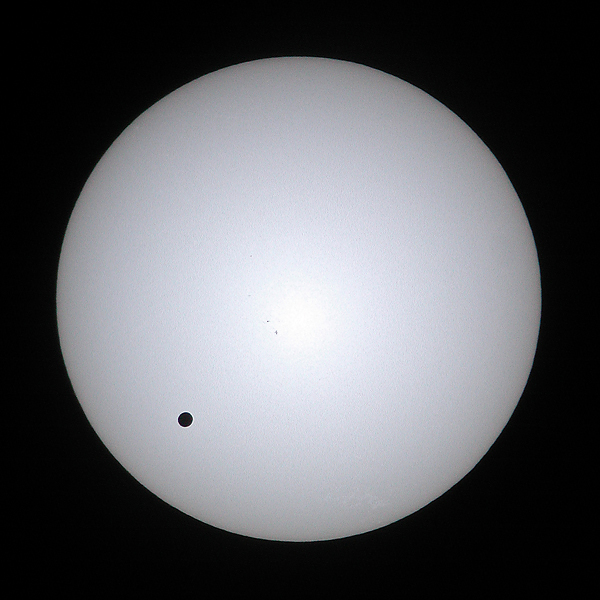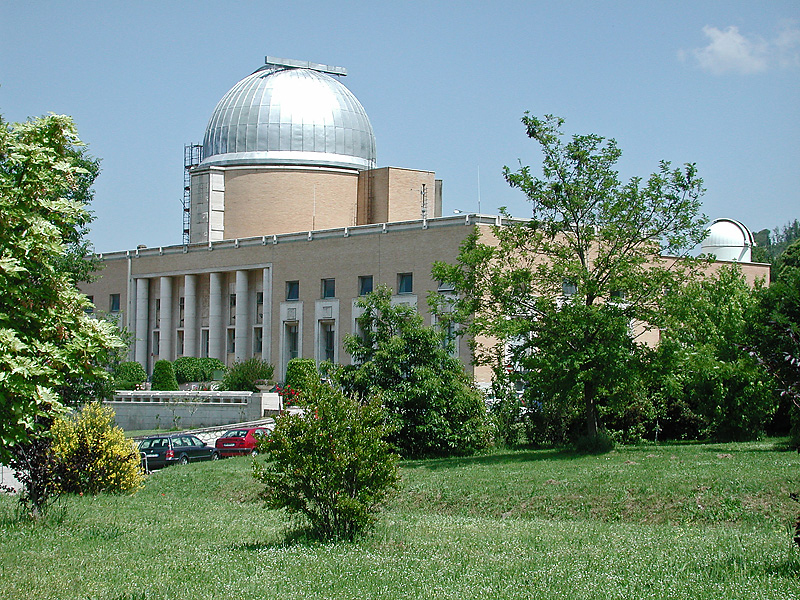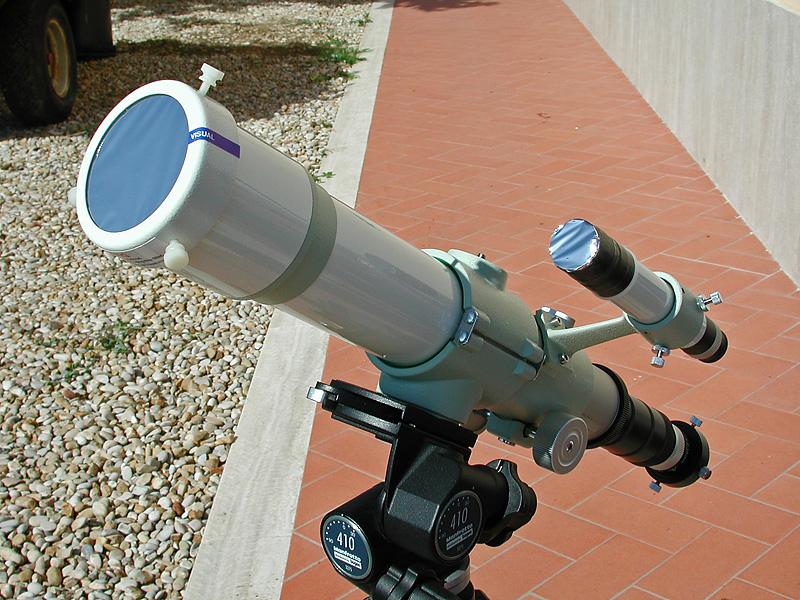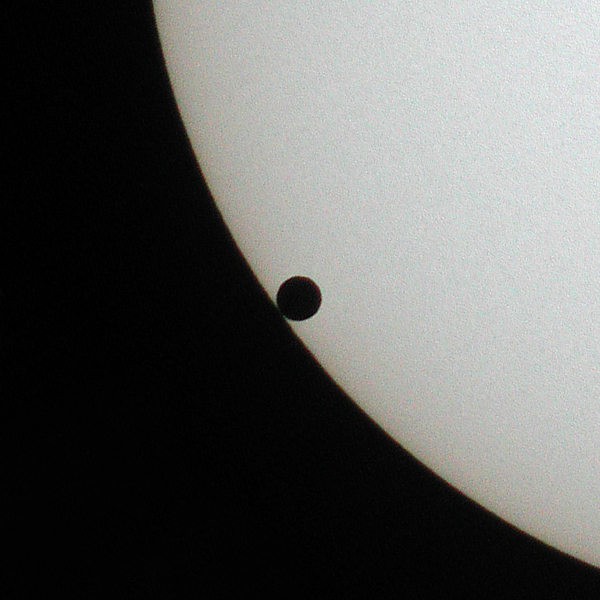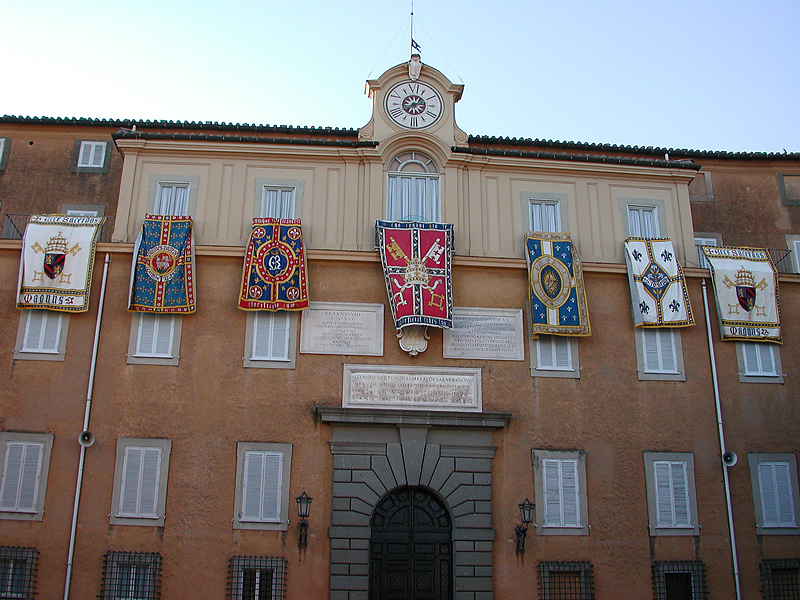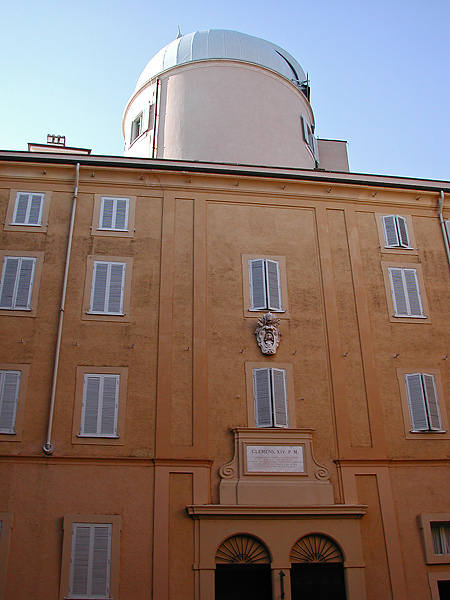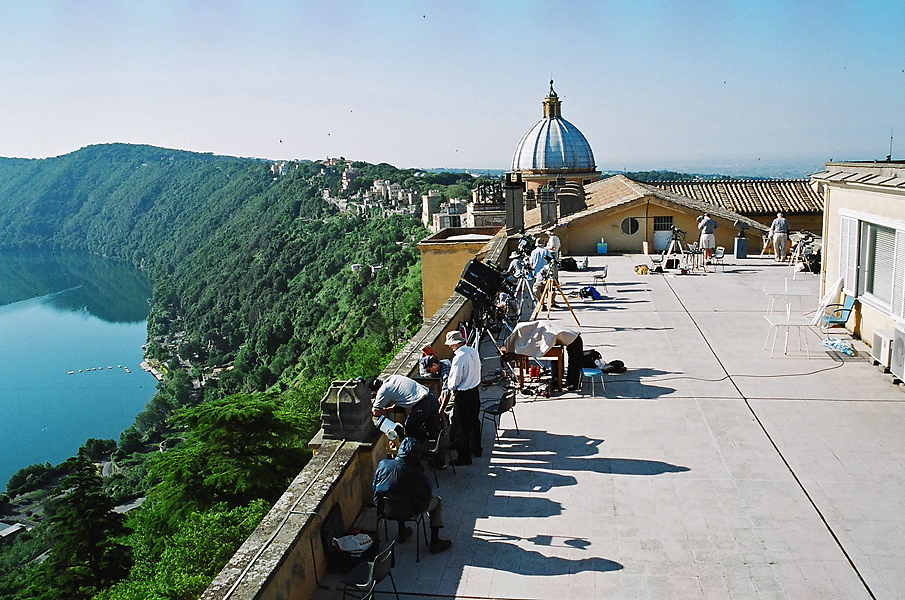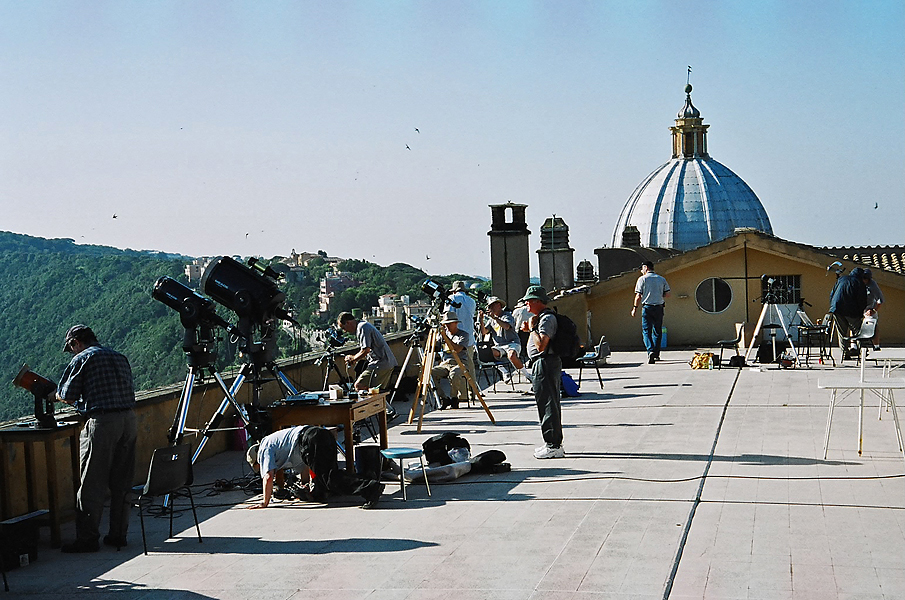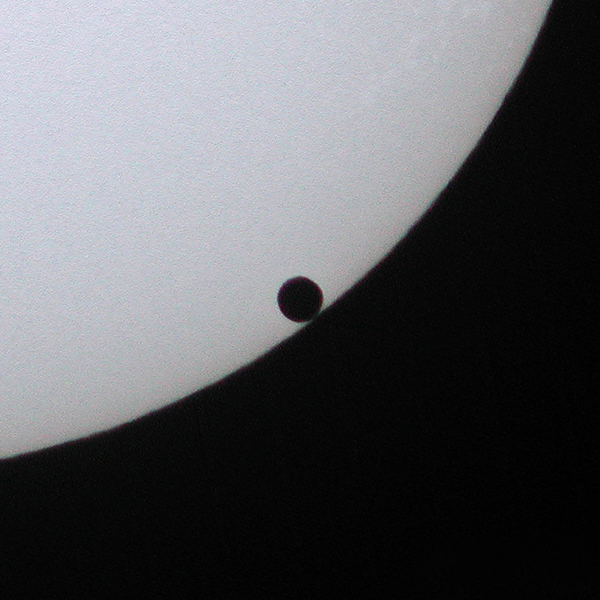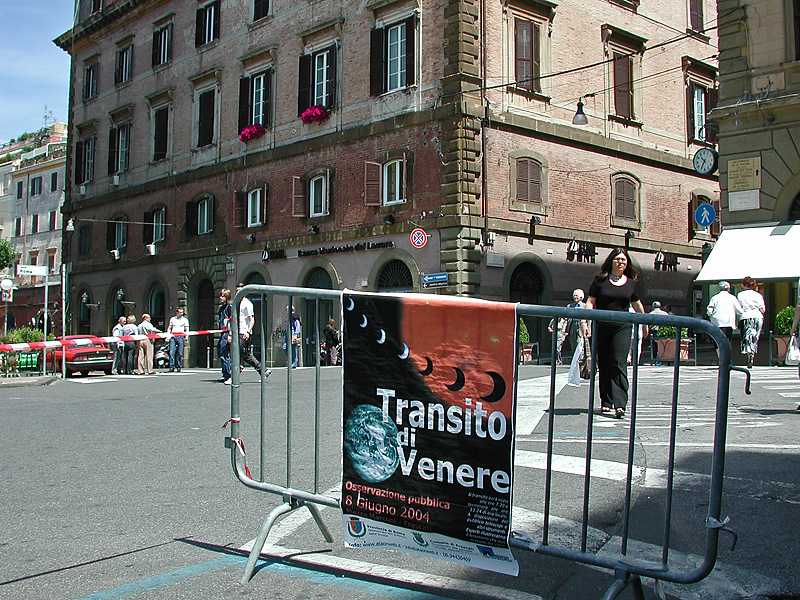Photos: Astrophotographers Track 2004 Transit of Venus
A Wondrous Solar Crossing
The transit, or passage, of Venus across the face of the Sun is one of nature’s rarest celestial phenomena. That was why the planet’s solar crossing on June 8, 2004, shown above, was an eagerly anticipated event. It was the first such transit to be observed in almost 122 years and only the seventh since the invention of the telescope in the 1600s.
Transits of Venus occur in pairs eight years apart. The second event of the pair in the 21st century will take place this year — on Tuesday, June 5, as seen from the Western Hemisphere (Wednesday, June 6, from the Eastern Hemisphere). If you miss this transit, the next one won’t occur until December 11, 2117, or 105 years from now!
[See our Transit of Venus 2012: Complete Coverage Special Report.]
The Astronomical Observatory of Rome
For the planet’s historic, first-in-a-lifetime transit on June 8, 2004, astrophotographers and science journalists Imelda Joson and Edwin Aguirre led two tour groups to Italy. One group was stationed at the Astronomical Observatory of Rome near Monte Porzio (pictured above) while the other was at the Vatican Observatory in Castel Gandolfo.
Recording the Transit for Posterity
Edwin Aguirre used a Takahashi FC-60 apochromatic refractor and his trusty Nikon Coolpix 990 digital camera to document Venus’s passage across the Sun’s disk, which lasted six hours from start to finish. Fortunately, the weather over Rome was perfect on Transit Day. Except for a few thin passing clouds, the entire sky remained clear throughout the day.
Photographic Gear
White-light solar filters were fitted over the main telescope and finder to protect the eye and camera from the Sun’s intense heat and brightness. Unlike a total solar eclipse, where you can remove the filter during totality and safely watch the Sun’s corona with your naked eye, the filters had to be kept securely in place throughout the transit. Other observers brought portable hydrogen-alpha telescopes, the first time such instruments were used on a transit of Venus.
Transit’s Second Contact
The start of the transit is marked by "first contact," when Venus's small inky disk first touches the Sun's edge and creates an almost imperceptible "dent" on the solar limb. This dent soon becomes more and more pronounced, growing gradually in size as the transit progresses. The view above shows the 2004 transit at the moment of "second contact," when the planet's disk is fully inside the Sun's limb.
The Pope's Observatory at Castel Gandolfo
Officially known as the Specola Vaticana, the Vatican Observatory is situated within the Papal Palace, on the Alban Hills some 35 kilometers southeast of Rome. The palace, which overlooks the picturesque Lake Albano, serves as the pope's summer residence where he could escape Rome's stifling heat and humidity.
An Observing Site Rich in History
The Vatican Observatory is one of the oldest astronomical research institutes in the world. Its roots date back to the late 1500s, when Pope Gregory XIII appointed a commission to reform the old Julian calendar in use since 46 B.C. (The resulting Gregorian calendar was adopted in 1582 and is our familiar calendar today.) This view shows the papal palace’s inner courtyard and the dome housing a 16-inch Zeiss refractor.
Breaking space news, the latest updates on rocket launches, skywatching events and more!
A Spectacular View
Members of the tour group observed the transit from the spacious roof deck of the Vatican Observatory, which offers a panoramic view of Lake Albano and Castel Gandolfo’s beautiful church dome designed by 17th-century Italian artist Giovanni Lorenzo Bernini.
An Early Morning Transit
The June 8, 2004, transit began at 7:20 a.m. local time, when Venus’s disk first touched the southeastern limb of the Sun. It was a very exciting moment — imagine, witnessing an event that had not been seen by human eyes for nearly 122 years! Some members of the group using telescopes fitted with hydrogen-alpha filters were able to see the planet’s silhouette ahead of those using telescopes with white-light filters. Others chose to follow the event on a TV monitor that was hooked up to a video camera at the prime focus of the 16-inch Zeiss refractor.
Transit's Third Contact
"Third contact" takes place when Venus's disk touches the other side of the solar limb, signaling the beginning of the end of the transit. The fourth (and final) contact occurs the moment the last traces of the planet's disk disappears from view. The transit is now officially over!
"Transito di Venere"
In Italy, information about the 2004 transit of Venus was well disseminated to the public by the local news media and government agencies. This poster was spotted on display at a busy intersection in the town of Frascati, near the Astronomical Observatory of Rome.
Edwin Aguirre is a veteran eclipse chaser, astrophotographer and world traveler. With his wife, Imelda Joson, he has organized, led and/or participated in 11 solar eclipse expeditions in North America, Asia and Africa. He now works as a Senior Science & Technology Writer and Editor for the Office of University Relations at the University of Massachusetts Lowell.
